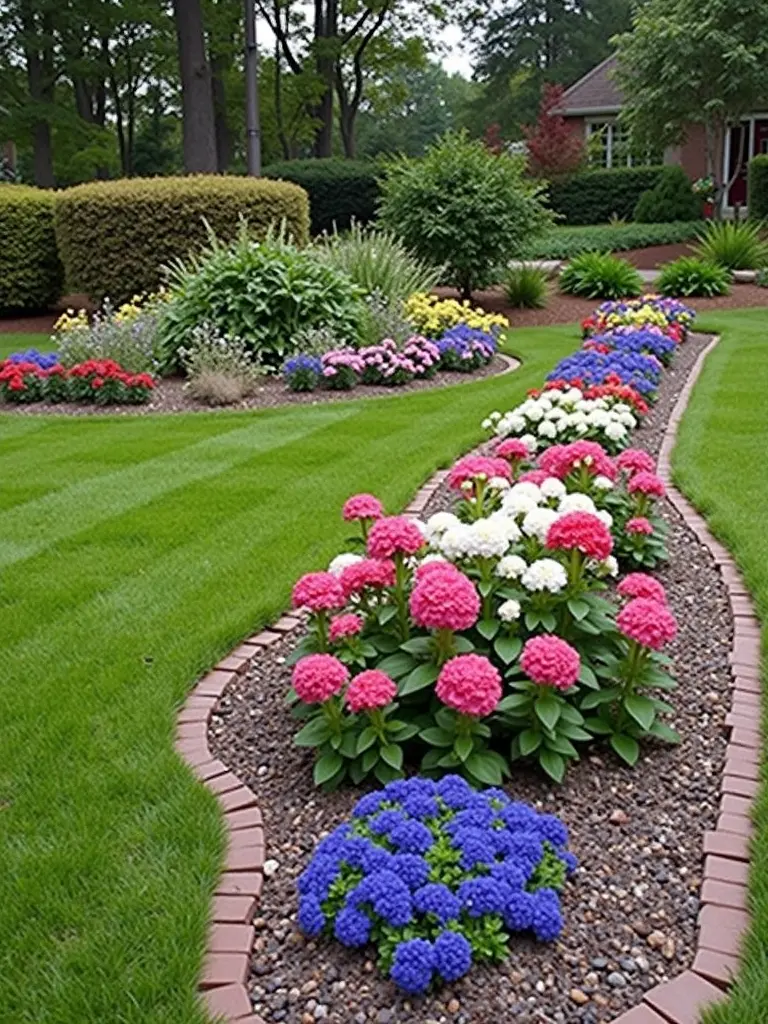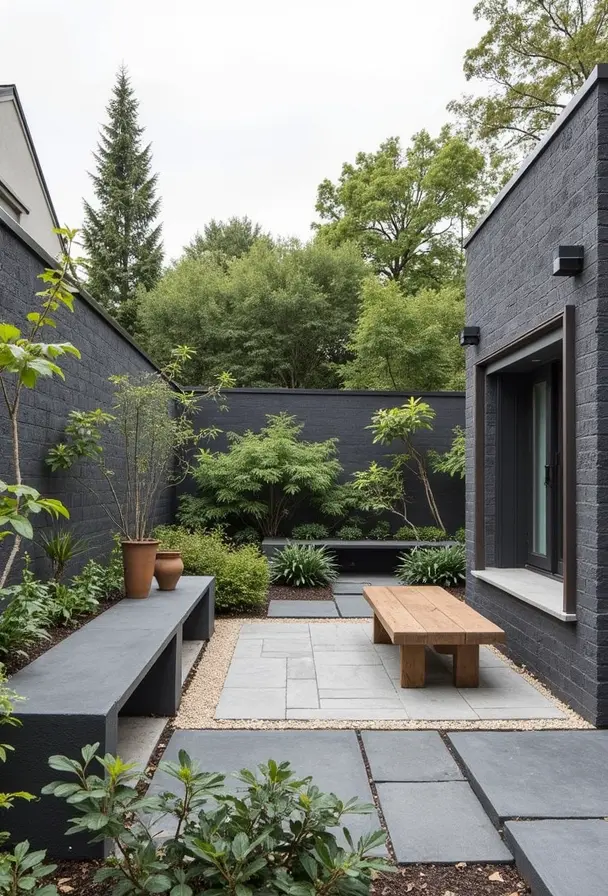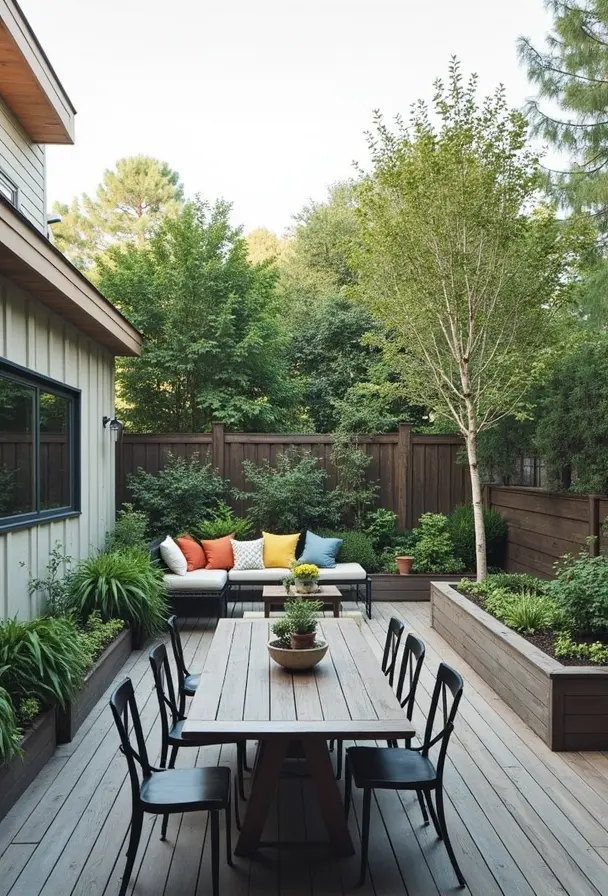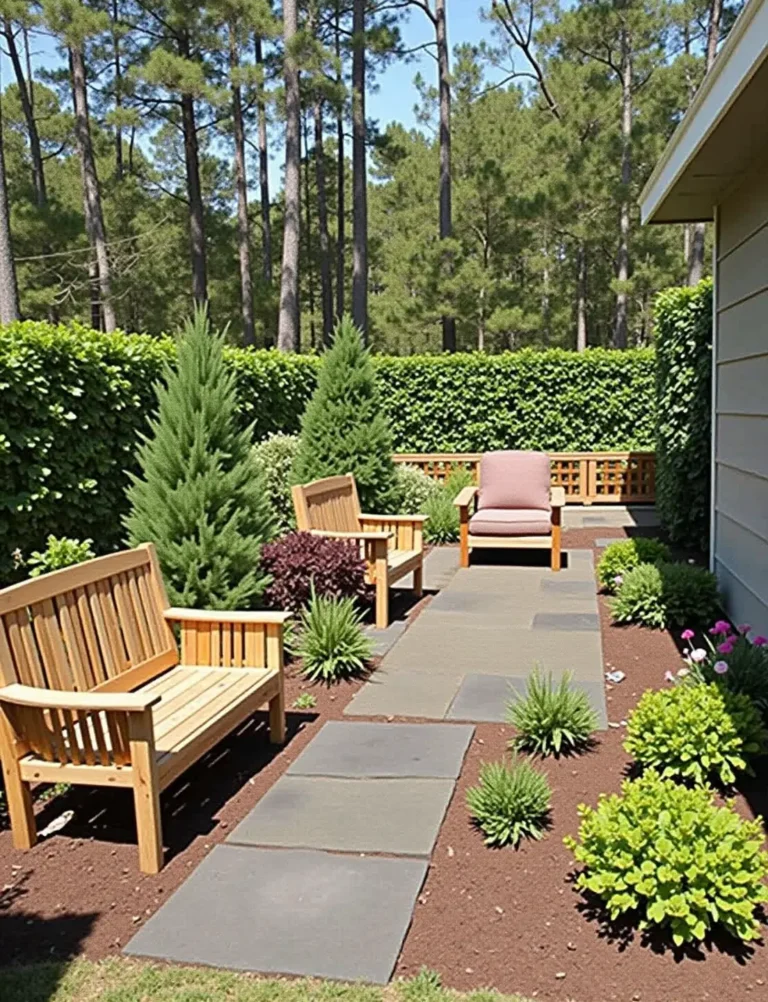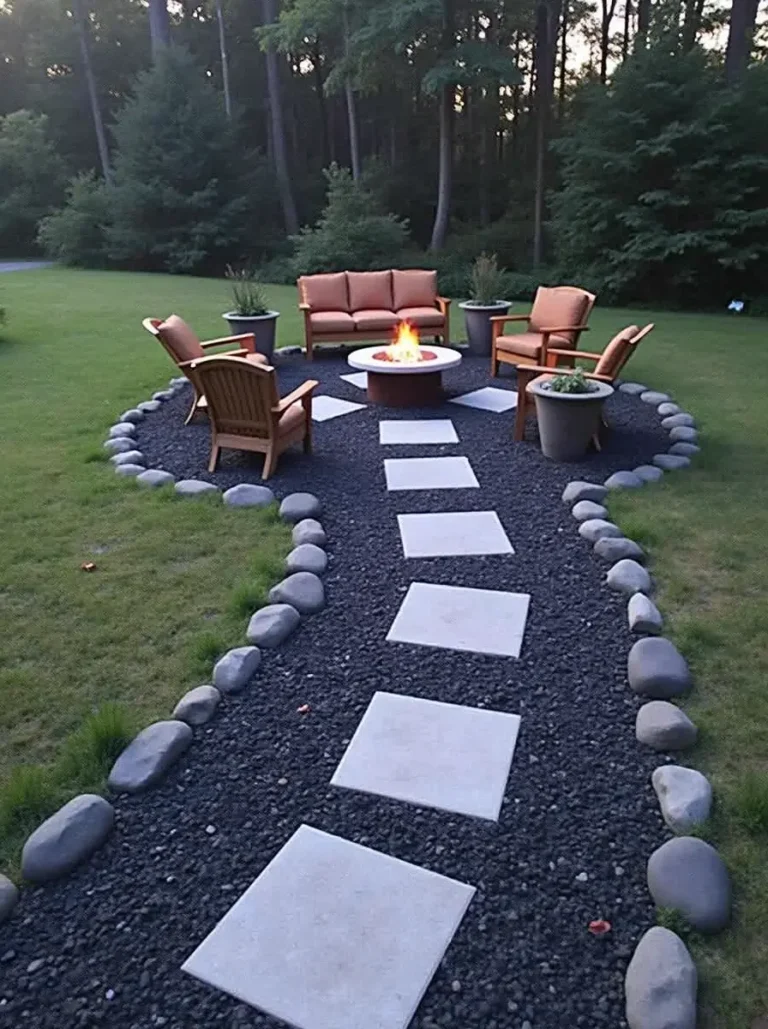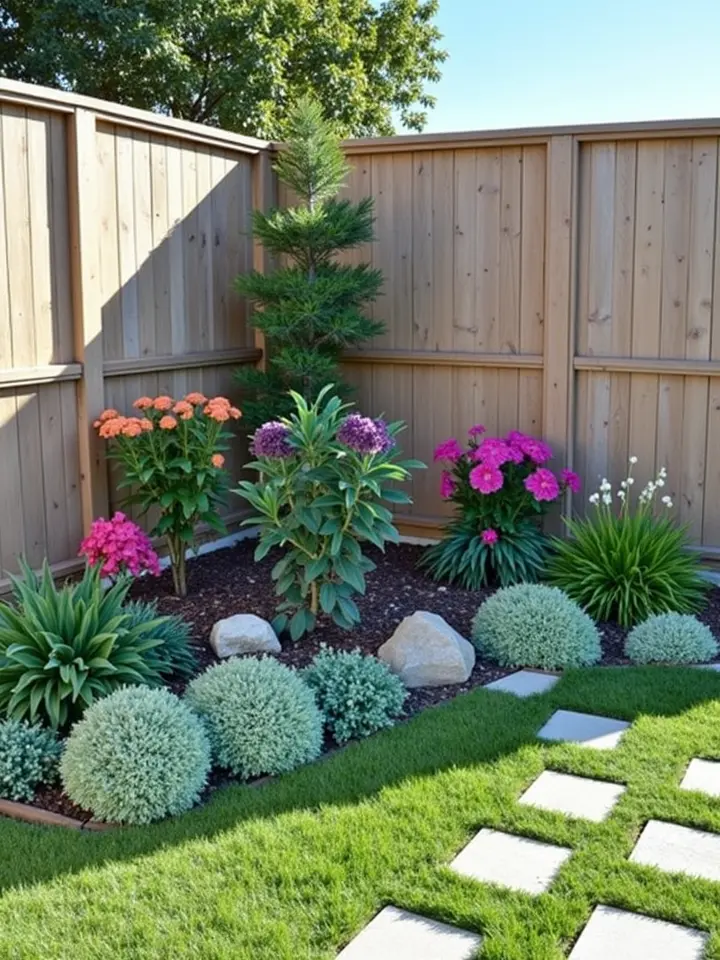Transform Your Garden with Stone Edging now
Transform Your Garden with Stone Edging
Imagine stepping into your garden and being greeted by a beautifully defined landscape, where each flower bed and pathway shines with purpose. This is the magic of stone edging. Not only does it enhance the aesthetics of your garden, but it also provides functionality that every gardener can appreciate. Let’s embark on a journey through the transformative power of stone edging, exploring its benefits, styles, and installation tips.
The Benefits of Stone Edging
Why choose stone edging? The answer is simple. Stone edging brings a plethora of benefits that elevate your outdoor space.
1. Aesthetic Appeal
One of the most immediate advantages of stone edging is its ability to enhance the visual appeal of your garden. From rustic to modern designs, stone edging can complement any garden style, making the overall landscape more cohesive.
2. Soil Retention
Stone edging helps to keep soil in place, preventing erosion and ensuring that your plants have the resources they need to thrive. This is particularly useful on sloped landscapes where soil can easily wash away during heavy rains.
3. Weed Control
Preventing unwanted weeds from invading your flower beds becomes easier with stone edging. By creating a barrier, you can minimize the growth of weeds, allowing your plants to flourish without competition.
4. Low Maintenance
Unlike wooden borders that can rot or become infested by pests, stone edging is durable and requires minimal maintenance. This makes it a smart choice for gardeners looking for longevity.
Styles of Stone Edging
When it comes to styles of stone edging, the possibilities are endless. Here are a few popular options to consider:
1. Natural Stone
Natural stones, such as fieldstone or river rock, offer an organic look that blends seamlessly into the environment. This style is perfect for creating a rustic feel, as it celebrates the beauty of nature.
2. Brick Edging
For a more structured feel, brick edging provides a classic look. Available in various colors, brick can be arranged in interesting patterns to add character to your garden.
3. Concrete Blocks
Concrete blocks are not only versatile but also extremely durable. They can be painted or stained to match your garden décor, allowing for creative expression.
Installing Stone Edging: A Step-by-Step Guide
Ready to give your garden a fresh new look? Follow these simple steps for installing stone edging.
Step 1: Plan Your Design
Begin by planning the layout of your stone edging. Use a garden hose to form the desired shape and visualize how it will fit into your landscape.
Step 2: Prepare the Area
Clear the area where you’ll be placing the stones. Remove any grass or weeds to ensure a clean installation.
Step 3: Level the Ground
Use a shovel to level the area, making sure the ground is even. A level base ensures stability and longevity for your stone edging.
Step 4: Set the Stones
Place the stones in your desired pattern, pressing them into the soil. Ensure they are firmly in place to prevent shifting over time.
Step 5: Fill Gaps with Soil
Once your stones are laid out, fill in any gaps with soil or gravel. This not only secures the stones but also creates a polished finish.
Conclusion
Transforming your garden with stone edging is a rewarding endeavor that enhances both form and function. By investing your time in this project, you’re not just beautifying your outdoor space—you’re creating a sanctuary where nature can thrive. So grab your stones and let your creative vision flourish!
FAQs About Stone Edging
1. How much does stone edging cost?
The cost of stone edging can vary significantly based on the type of stones you choose, the size of your garden, and whether you hire a professional or do it yourself. On average, expect to pay between $3 to $10 per linear foot.
2. Can I install stone edging myself?
Absolutely! With the right tools and a little bit of planning, installing stone edging is a DIY project that most gardeners can handle.
3. What types of stones are best for edging?
Natural stones, pavers, bricks, and concrete blocks all make excellent choices for stone edging. It ultimately depends on your personal style and garden needs.
4. How do I maintain stone edging?
Maintenance is minimal. Occasionally check for loose stones or shifting, and remove any debris or weeds that may grow in the gaps.
5. Is stone edging suitable for all types of gardens?
Yes, stone edging can enhance any garden style—from formal to cottage gardens—making it a versatile choice for landscaping.
“
